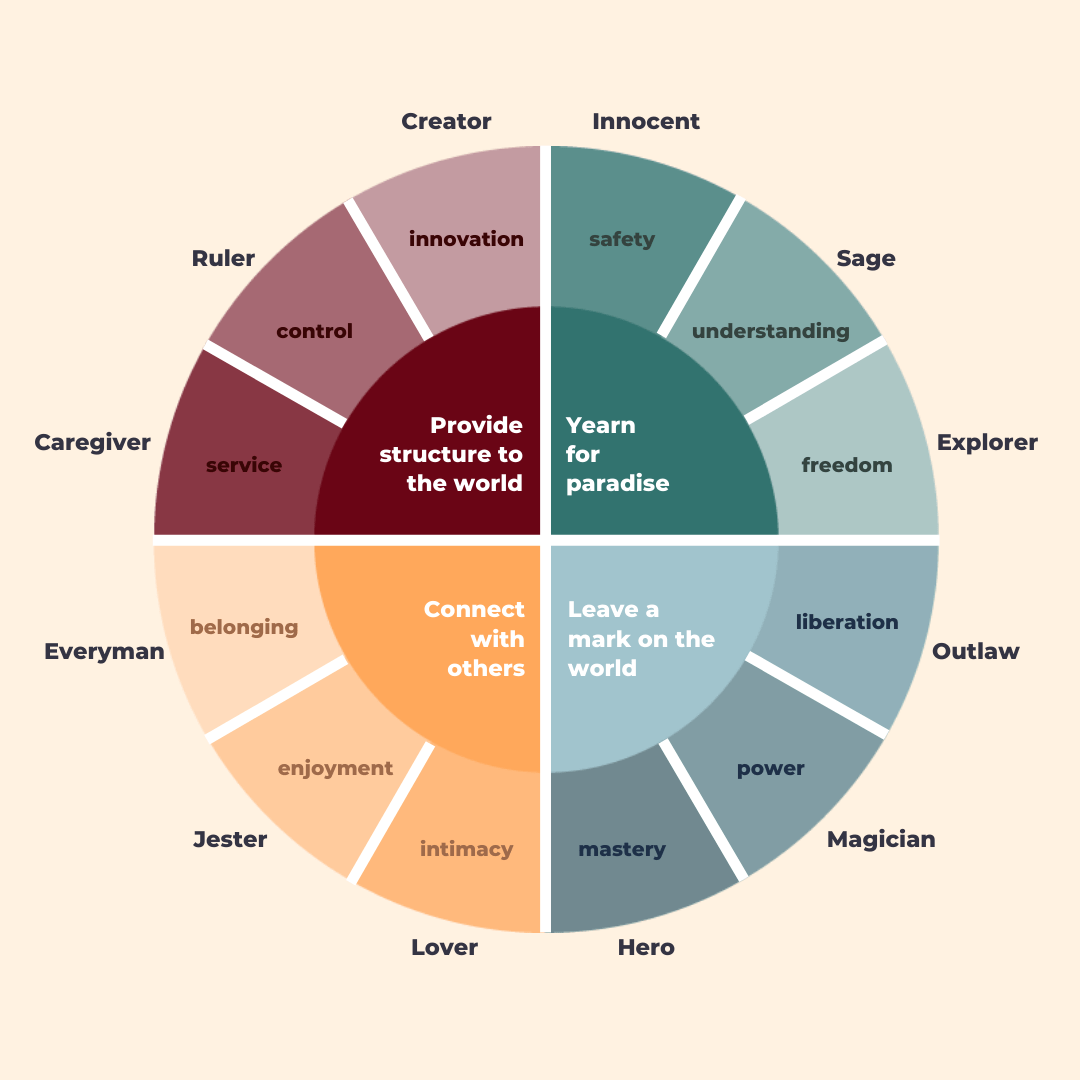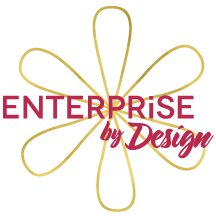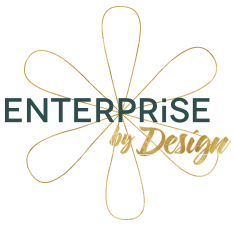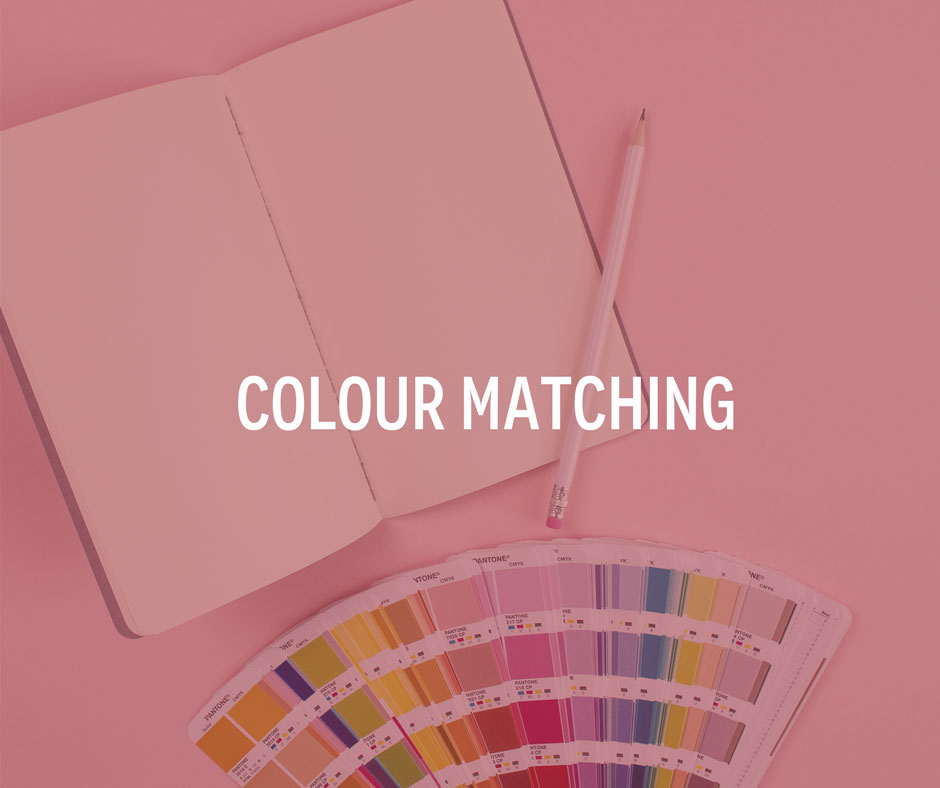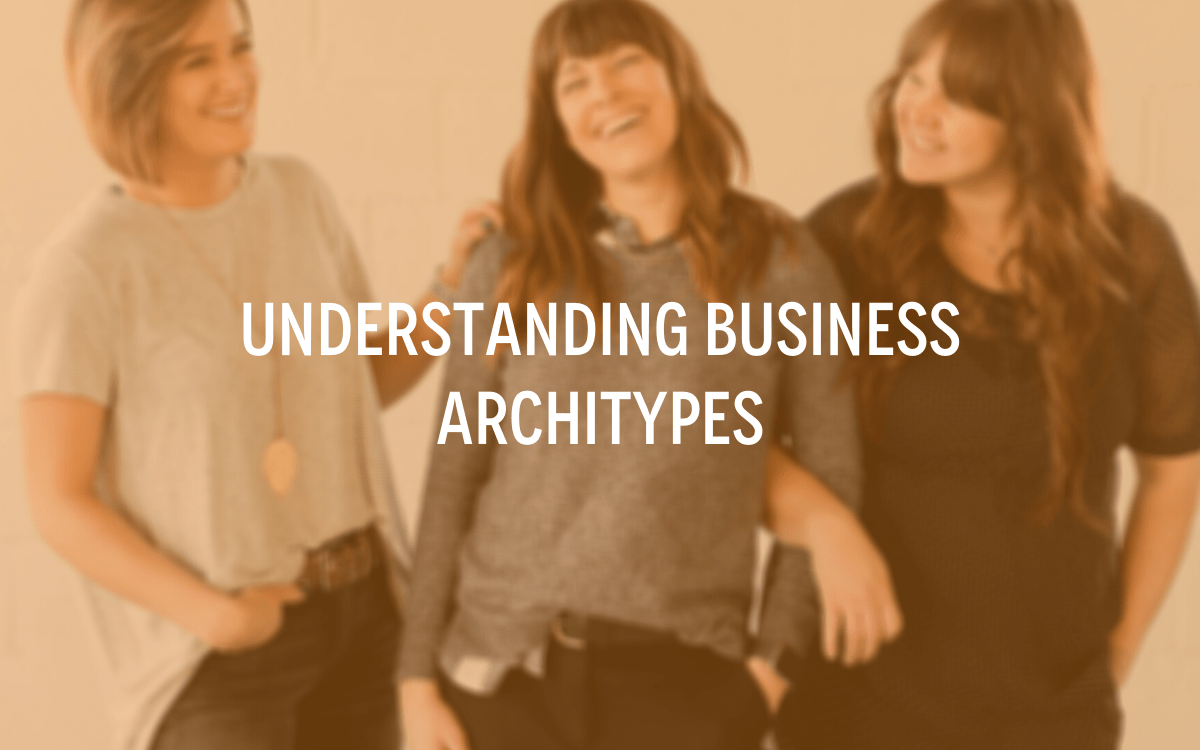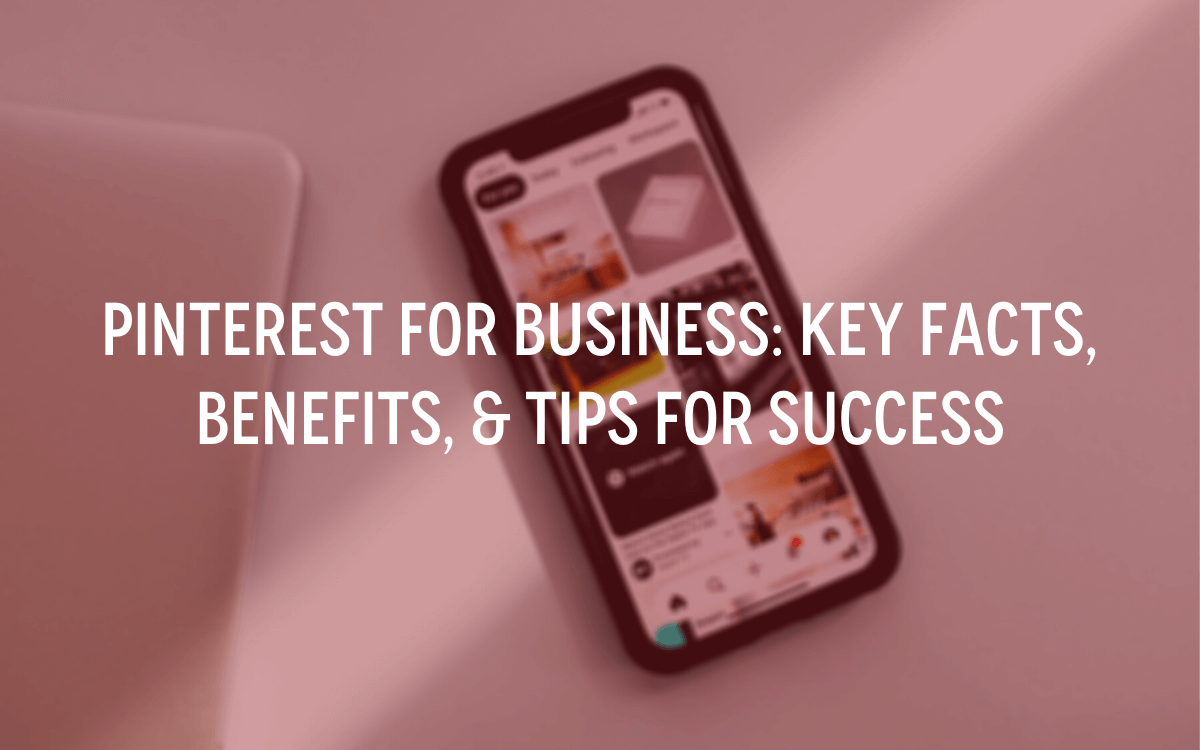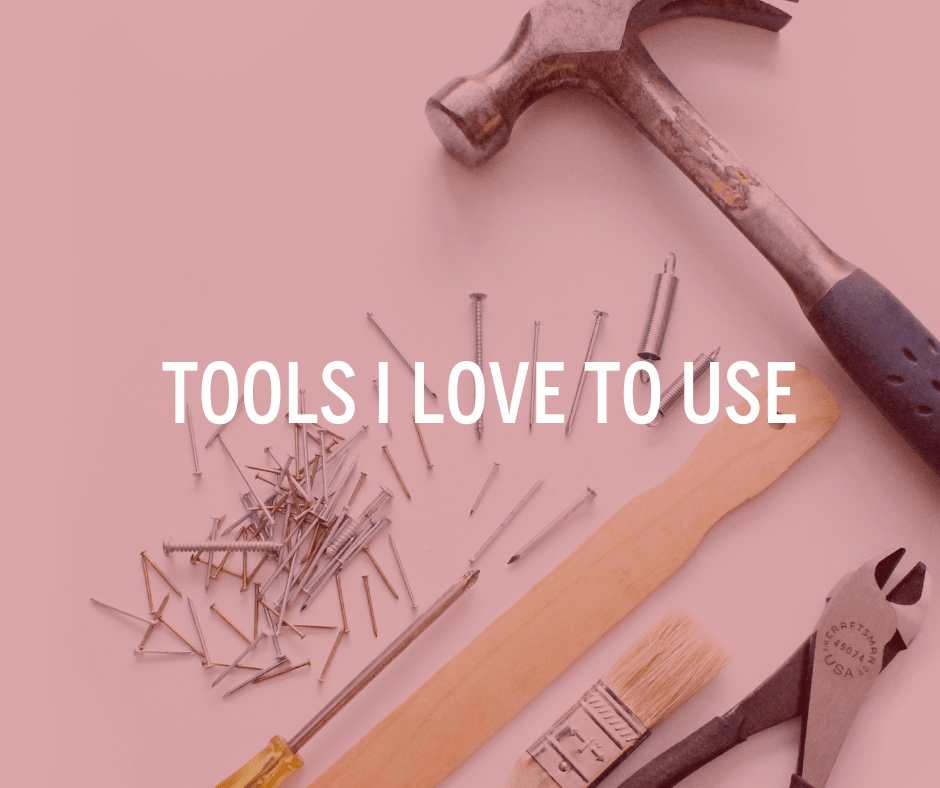It doesn’t take long as a new entreprenuer to hear about the importance of branding. This not only refers to the visual elements of building a brand like your website, logo, colors, etc., but also to the emotional pull which prompts one to make a purchase from one brand versus another when all other things are reasonably equal.
Branding can also refer to archetype systems which are designed to help you better relate to your clients. These archetype systems are helpful because they help customers differentiate between products or services in the same category. Think about the candy you find at the supermarket.
Snickers are the Hero. – They are the cure for hunger. (Remember the tagline: You’re not you when you’re hungry.)
M&Ms are the Jester. – The wise-cracking characters make light of any situation and joke about everything.
Kit Kats are the Everyman. – Their ads encourage viewers to stop and take a break, and enjoy a Kit Kat. Everyone needs a break.

If you’ve spent very long hours in business at all, you’ve no doubt heard about the importance of branding. This not only refers to the visual elements of building a brand like your website, logo, colors, etc., but to the emotional pull which prompts one to make a purchase from one brand versus another when all other things are reasonably equal.
Branding can also refer to archetype systems which are designed to help you better relate to your clients. These archetype systems are helpful because they help customers differentiate between products or services in the same category. Think about the candy you find at the supermarket.
If you have difficulty thinking about brands in this way, think instead about personality quizzes you might have taken – not for your brand, but for yourself. You have probably heard of the Myers-Briggs Type Indicator ®, even if you aren’t familiar with the name. This widely popular personality test looks at the way a person uses their perception and judgment. It rates a person’s tendencies towards several different things, such as their introversion versus their extroversion, whether they tend to focus on basic (sensation) information versus interpreting information and adding meaning (intuition), how they make decisions (thinking vs. feeling), and whether they make decisions and stick to them or prefer to remain open to new information and options (judgment vs. perception). If that doesn’t sound familiar, the results are personality types like ‘ISTJ’ and ‘ENFP’. The test is so well-known and widely distributed that many outlets – from magazines to websites – have combined the 16 personality types with pop culture. (That’s right, with a little digging, you can find out which Disney or Harry Potter character you share a personality type with – exciting stuff!)
The use of branding archetypes operates on the same principle. People want to understand themselves and better understand others. The DiSC self-assessment is used exclusively to evaluate behavior to help individuals, teams, businesses, and organizations improve productivity, teamwork and communication. The questions in that inventory are meant to help people better understand themselves and adapt their behaviors with others. When everyone in a team is familiar with their results on this inventory, they are able to minimize conflicts and improve working relationships because everyone is on the same page and knows how to best interact with one another. This inventory has also been known to be used to develop stronger sales strategies and skills by identifying and responding to customer styles.
Using brand archetypes operates on the same wavelength. The fact is, using a brand archetype works, regardless of industry, because it allows companies to tap into the universal human needs which are true of all people. Examples of these needs include things like the need for understanding, the need for belonging, the need for enjoyment, the need for power, and the need for intimacy. What others can you imagine?
Want to Determine YOUR Archetype?
It’s important to know which archetype your brand most aligns with so you can best utilize marketing efforts. Here’s a breakdown of the most common ones:
The Innocent
The goal of the brands who identify with the innocent archetype is to be happy and experience paradise. The core strategy is to do things right, but be careful! Sometimes “the innocent” comes off as boring due to their naivety.
The Explorer
The goal is to experience a better, more authentic, and more fulfilling life, and to discover who you (or your brand) really are by exploring the world. The strategy for these brands is to journey and seek out new places and things. Unfortunately, these archetypes are plagued by aimless wanderers and misfits, so maintaining your purpose and identity is key!
The Sage
The goal of the sage is to use intelligence and analysis to understand the world and discover the truth. The strategy to use here is to seek out information and knowledge, become self-reflective, and understand the thinking process. Don’t forget while you’re pursuing knowledge to ACT. There should be more to you and to your brand than perpetual study!
The Outlaw
It might sound bad, but their goal is to destroy what is not working for them or for society at large. Their gifts tend to be their outrageousness and radial freedom. These people and businesses need to tread carefully, however. Their audiences and clients can become worried they will go criminal or “to the dark side”.
The Hero
Those who identify with the hero archetype try to prove their worth through courageous and difficult action and exert their mastery in a way that truly makes the world a better place. These archetypes are known for trying to be as strong, competent, and powerful as they are capable of, but they should watch out. They can be seen as arrogant if they aren’t careful, and they shouldn’t try to create an enemy in every situation.
The Magician
Fundamentally, these people/brands want to understand the laws of how the world or universe works. Their goal is to make dreams come true! Their best strategy would be to develop vision and live it. Unfortunately, these people and brands can be viewed as becoming manipulative if they don’t watch how they portray themselves.
The Regular Guy/Girl
These brands and people desire fitting in and being ordinary. These “average Joe” types develop ordinary, solid virtues and do their best to blend in. What they need to do is avoid blending in too much and creating superficial rather than genuine connections.
Not Sure Where Your Business Falls, or How to Use Your Archetype?
If you’re not sure what Archetype your business is, check out the personality test at How to Fascinate. It’ll help you determine how the world sees you and you can use that information to help you communicate with your clients, and the people who you’d like to be your clients.
You can use your archetype to relate to the people who need you.
